Between the 17th and 19th centuries, the Reformation spread and evolved geographically, culturally and spiritually. This room presents some highlights of that expansion.
We see the Mayflower reaching the east coast of the future United States; the Huguenot migrations triggered by the revocation of the Edict of Nantes; the impact of those migrations on both the Netherlands and Geneva; the birth of pietism; the Protestant origins of humanitarianism; and written accounts describing various manifestations of the Christian mission. The 36 objects here include a gospel translated into Arabic, a miniature Bible hidden in a hair bun, the painting of an elderly woman reading the Bible, a watch made by Jean-Jacques Rousseau’s great-grandfather and a contemporary flag of the International Committee of the Red Cross.
In addition, a large map covering one entire wall of this room depicts six aspects of the history of Protestantism: the birth of the Reformation in Europe, Jean de Léry among the Tupinambas, the Mayflower voyage, Huguenot migrations in Europe and beyond, European and American missions to Africa and Asia, and Protestant demographics in today’s world.




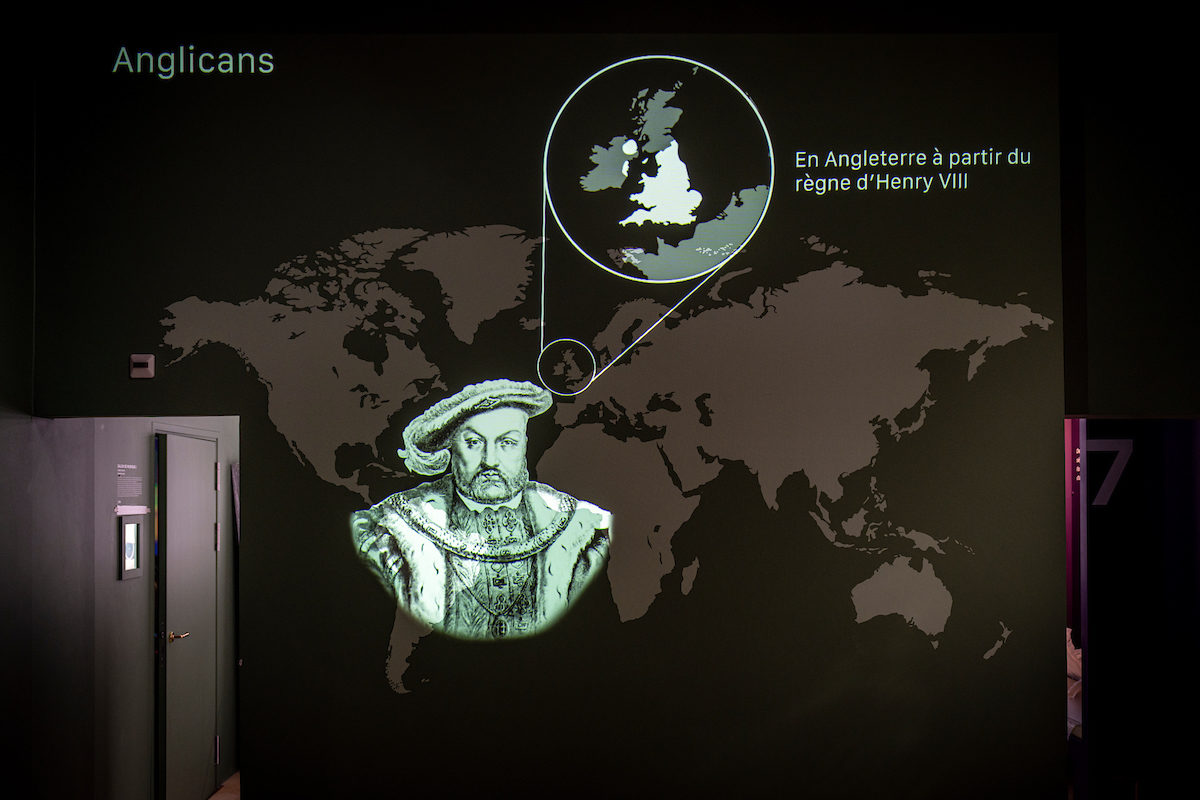
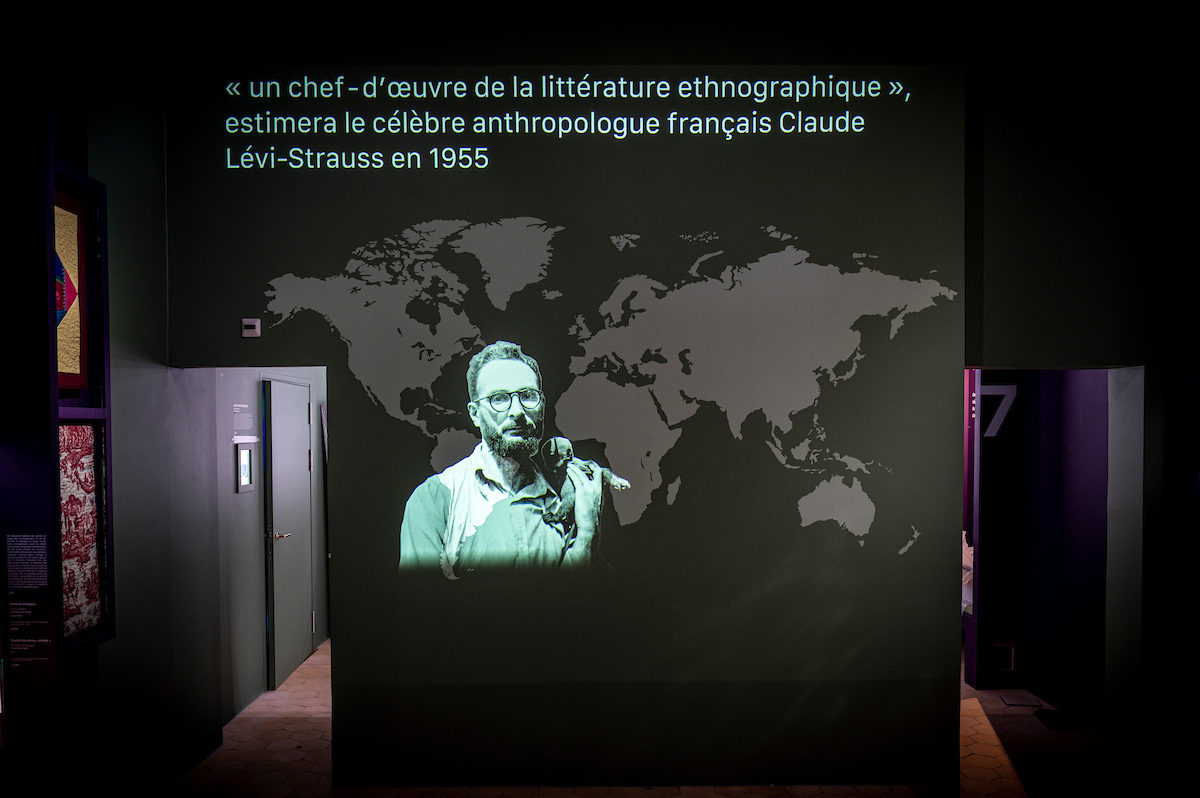
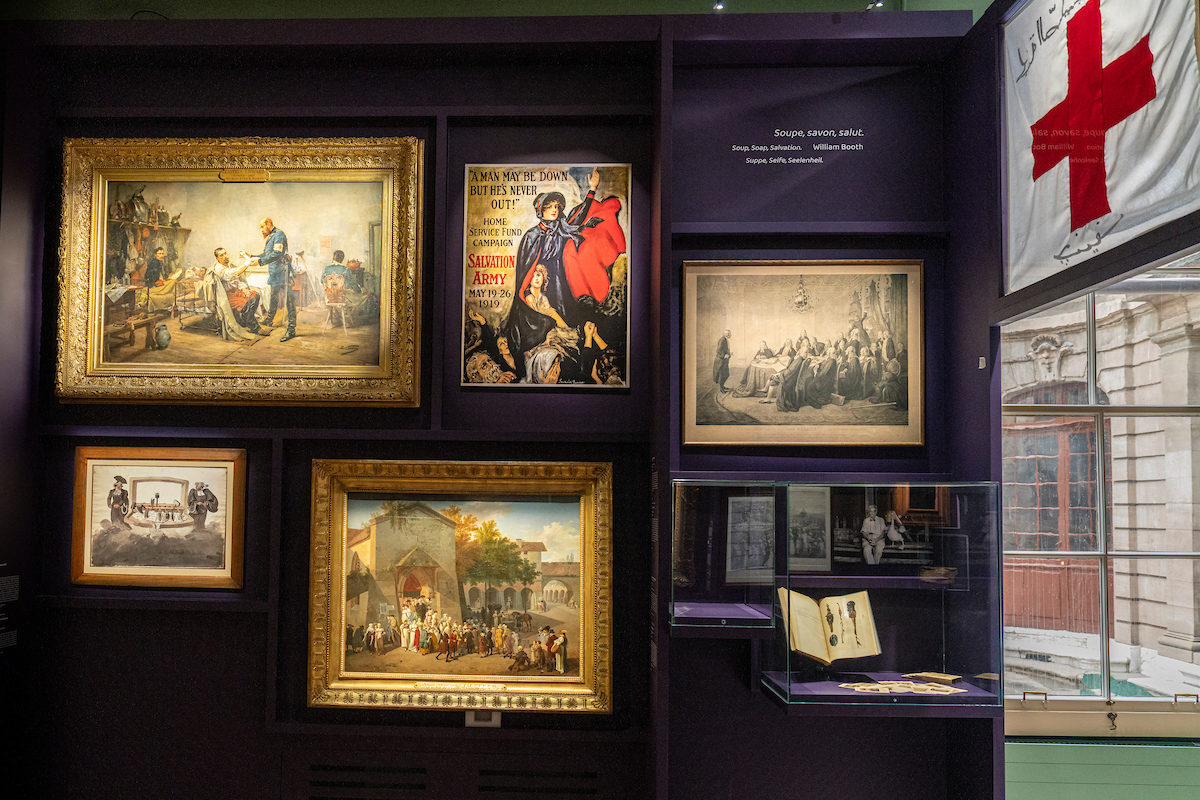
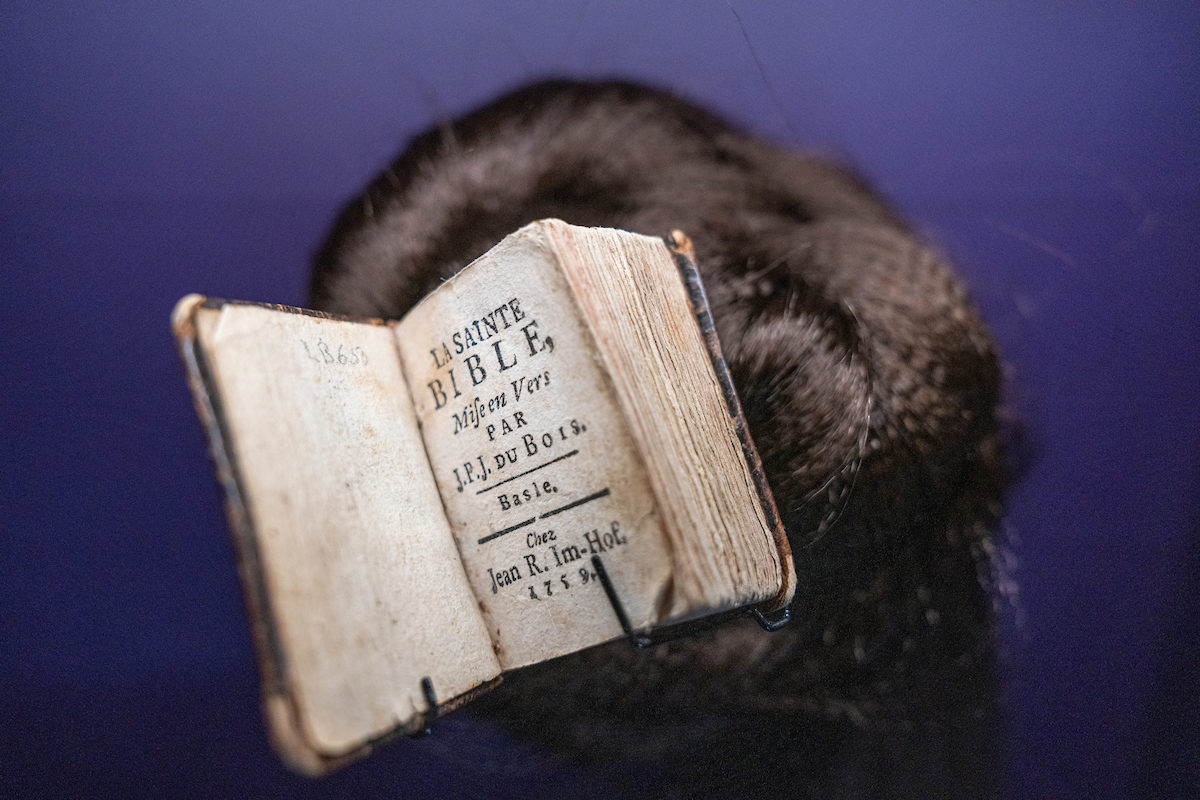
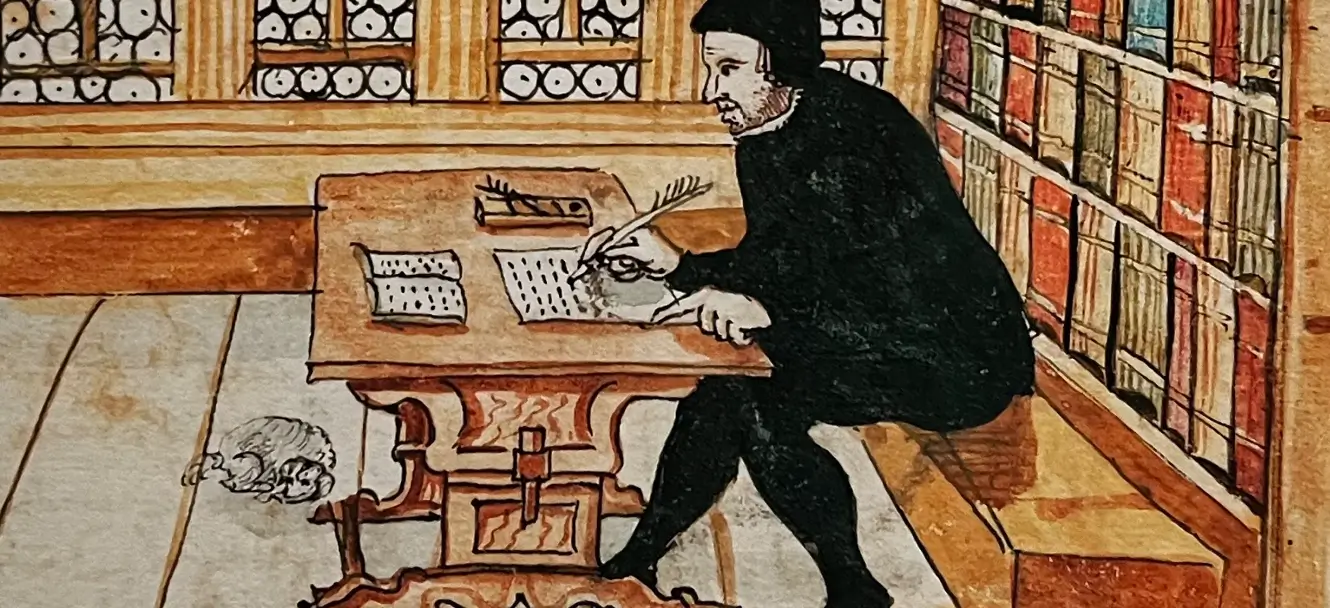

 Google Analytics & Pixel Facebook
Google Analytics & Pixel Facebook